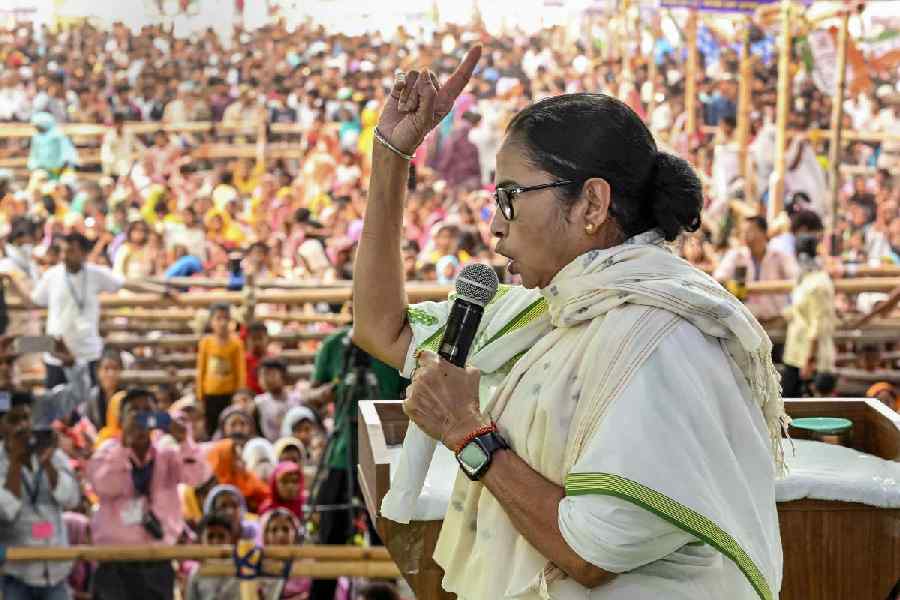An estimated 1.89 crore salaried jobs were lost between April and July in India, with July ominously witnessing huge job losses after a partial recovery in June, a private research group has said after a sample household survey.
The Centre for Monitoring Indian Economy (CMIE) has estimated a loss of around 1.77 crore salaried jobs in April immediately after the lockdown. Another 1 lakh jobs were lost in May while 39 lakh jobs were gained in June, perhaps because of the partial unlock getting under way.
But the trend was reversed in July with the loss of 50 lakh jobs, CMIE managing director Mahesh Vyas said. He didn’t seek to explain the development.
Vyas said the group conducted the Consumer Pyramid Survey every month, asking 1.74 lakh households “if they are employed and what kinds of jobs they are doing”.
“We come out with estimates about households and their employment status month after month,” he said.
The sample size of 1.74 lakh is higher than that used by the government’s survey wing, the National Sample Survey Office, for any of its household surveys.
The CMIE’s samples include 1 lakh households from 320 urban centres and 74,000 households from 4,000 villages across the country.
Vyas said it would take a long time to restore all the lost formal-sector jobs.
“In the case of informal jobs like (those of) roadside vendors, hawkers and small traders, the job loss was temporary. They started their work immediately after the lockdown was lifted,” he said.
“But the salaried employees losing jobs will explore jobs of matching profile. It will take a much longer time, depending on the revival of the economy.”
Labour economist Santosh Mehrotra, former chairperson of the Centre for Labour Studies at JNU, said it’s only by 2023-24 that one can expect all the jobs lost during the pandemic to be restored.
“But by then, fresh job seekers will have come up too. So, the high unemployment situation will persist for many years,” he said.
More than 1 crore youths complete various higher-education courses every year and begin seeking jobs.
Mehrotra cited the Reserve Bank prediction about the economy beginning to revive from the second half of 2021-22.
“Each sector has been affected. The sluggish economy of the pre-Covid era was aggravated by the pandemic,” he said.
“The three earlier economic contractions since 1947 had happened on account of supply issues, mainly because of drought and balance-of-payment constraints. The current contraction is because of low demand. People do not have money. One solution is to provide direct cash to about 60 per cent of the people for the next six months.”
Such cash transfers have been advocated by many economists and Opposition parties like the Congress, but the government has so far shown no inclination to accept the advice.
Mehrotra said the recovery of the lost formal-sector jobs would start once the economy began reviving in 2021-22.
“In 2022-23, we can expect the income level to be the same as the pre-Covid 2019-20. We can expect the lost jobs to be recovered by 2023-24,” he said.
A report by the International Labour Organisation and the Asian Development Bank on Tuesday suggested that 41 lakh youths (aged between 20 and 29) in India may have lost their jobs between April and June.
Labour economist Ravi Srivastava differed with Vyas, saying “people in the informal sector continue to suffer” because the revival in the sector has been slow.
“Most of the domestic workers and newspaper hawkers are yet to get work. So the job loss does not affect only the salaried segment,” Srivastava said.
He said that 70 per cent of the salaried class work in the informal sector.










